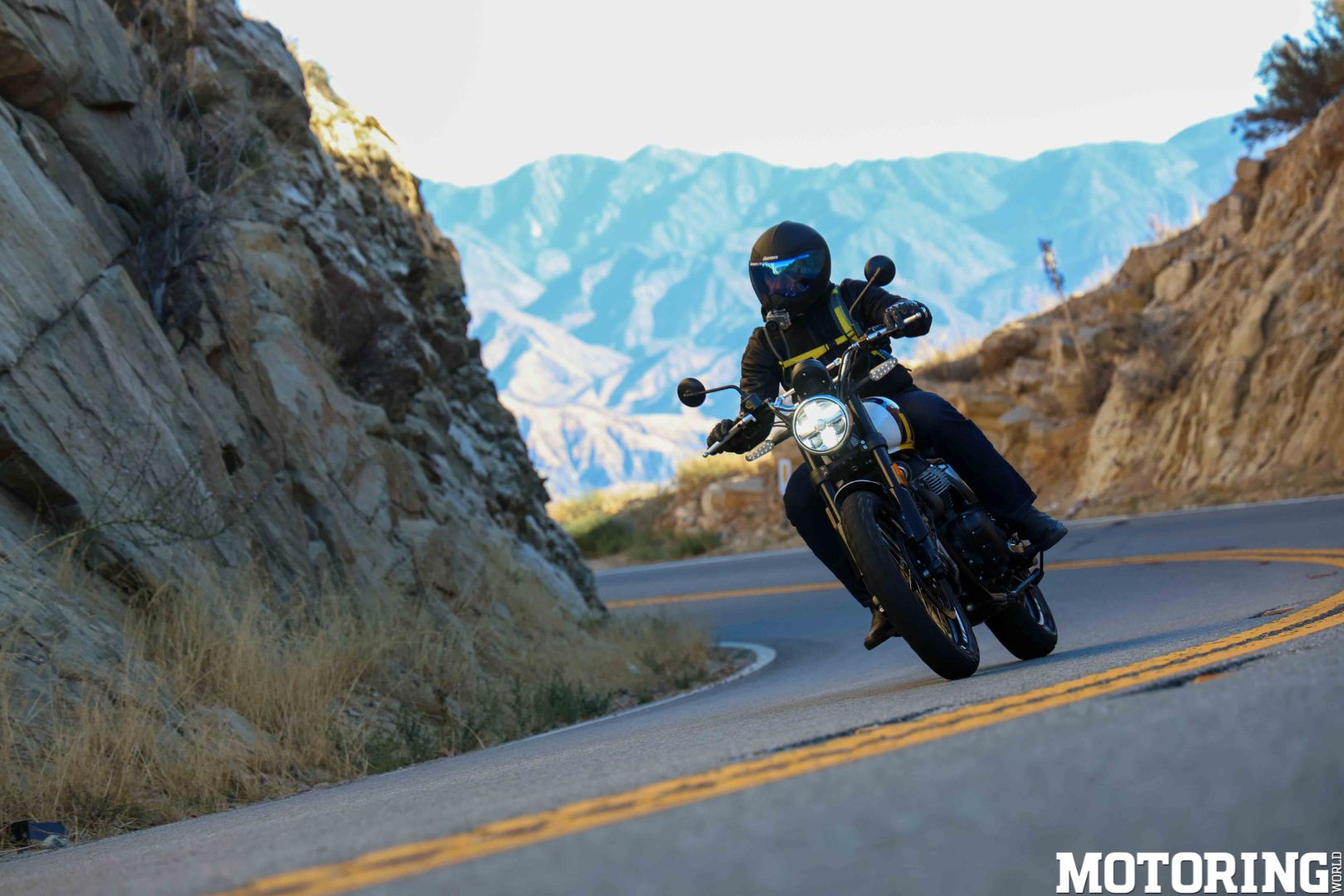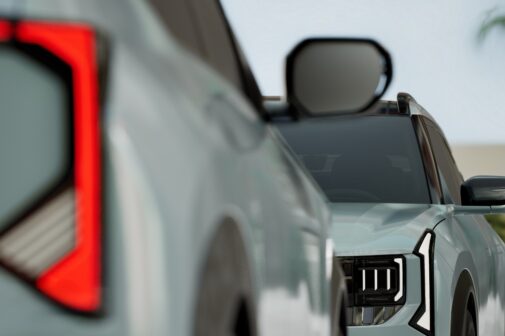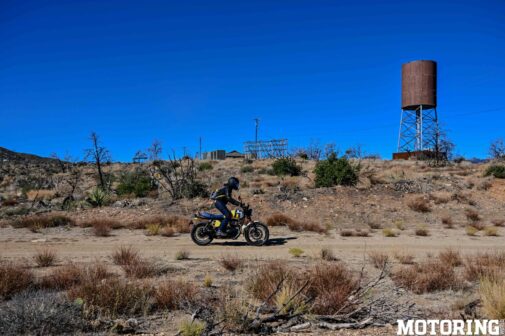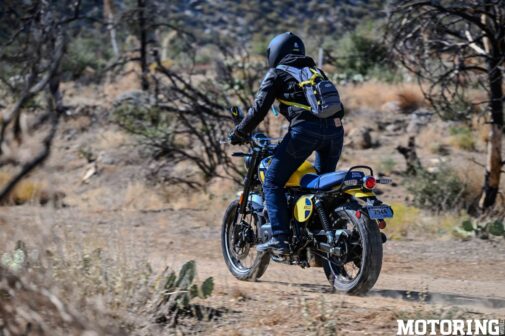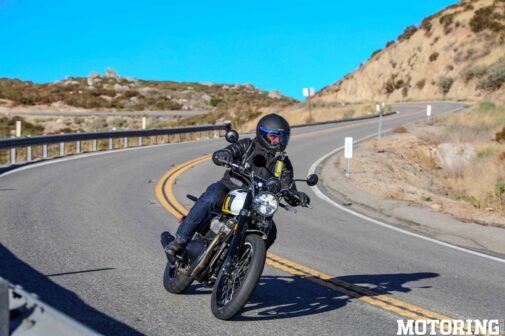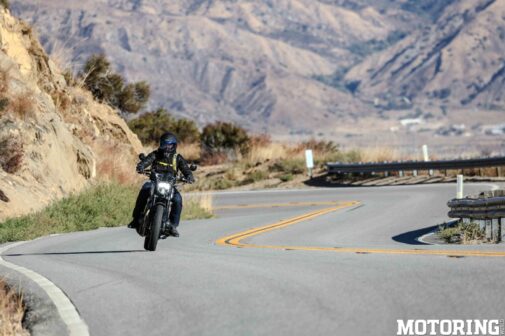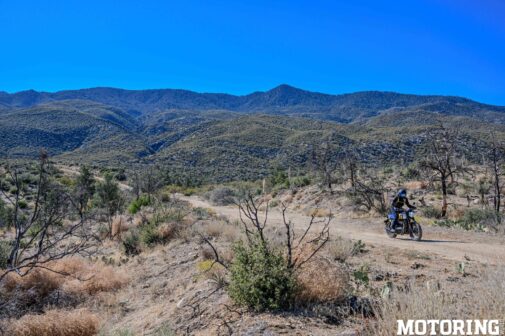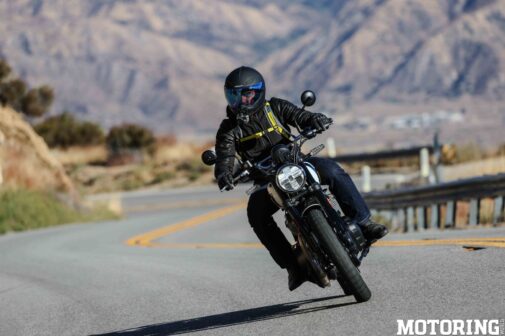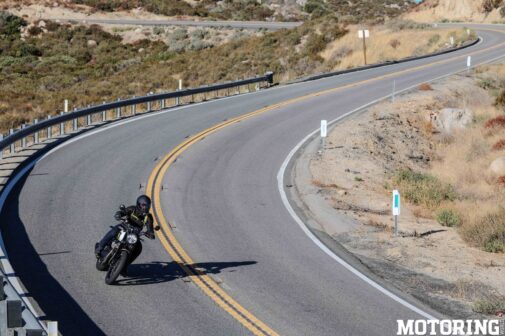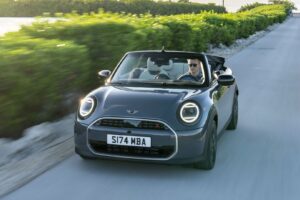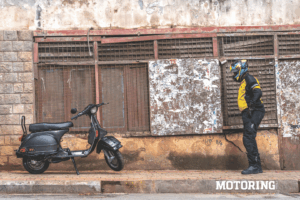You’ve probably never heard of ‘Fast’ Eddie Mulder, but he’s a man worth your Wikipedia time. The short of it is that in his heyday, he was an American flat-track racer who was well nigh unbeatable, and later a Hollywood stuntman of much derring-do, jumping bikes from one aircraft carrier to another, among other feats. The long of it is that he began riding a Triumph Cub when he was eight years old, and by the time he was 16, he was terrifying other racers at every competition he entered. One of these was the iconic Big Bear Motorcycle Run in California, the state he was born and grew up in.
Legend has it that the race began in the early 1920s as a bet between two guys in an LA bar, who wagered on who would ride to Big Bear Lake first. It later grew into a full fledged event, a no-holds-barred blast across the desert that required certain body parts of steel and a fairly high degree of insanity. In 1960, Mulder entered the race and beat well over 700 competitors to win, despite flying off a 50-foot drop towards the end and essentially breaking his motorcycle. That’s not the half of it; he did this after starting dead last because he – in his own words – ‘needed to do the big potty’ just before the race was flagged off. I’m not sure I can think of anything more badass than a teenager beating hundreds of other riders, on a crippled motorcycle, in extreme off-road conditions, after starting last because he needed to empty his bowels at an inopportune moment.
What does all this have to do with the Bear 650, you justifiably ask? A whole lot. The bike on which Mulder won the Big Bear Run was a Royal Enfield 500 prepped by his father, and his feat was the inspiration behind RE’s new machine. The 81-year-old Mulder — full of wisecracks, and puffing a cigar — was present at the bike’s presentation in Palm Springs, California, where he revealed that he ‘teared up just a bit’ when RE had showed him a version of the bike with his racing number (249) on it; he became a little overcome even while describing this, so it wasn’t hard to believe.
Right, so what is the Bear 650? It’s a mild-scrambler version of the Interceptor; I say mild because RE has clearly decided to pitch it as a kind of hybrid, in order not to intimidate potential buyers. For example, the bike gets a 2-into-1 exhaust system instead of twin pipes, and the single can is located low on the right rather than up close to the seat, as you would see on a more purposeful scrambler like a Triumph Scrambler 900. The block-pattern tyres reveal some of its off-road ambitions, and these are fitted to a 19-inch front and 17-inch rear wheel respectively (the larger your front wheel, the more the gyroscopic effect at slower speeds, which makes for better slow speed stability; also, a larger front wheel lets you ride over bigger obstacles).
Although the frame remains the same as the Interceptor, you’ll immediately notice the 43-mm Showa USD forks, which take the place of the Interceptor’s conventional unit; the usual advantages apply — better rigidity and handling qualities, stronger attachment to the chassis, lighter weight, more robust oil seals. The rear has twin shock absorbers, and both ends travel longer than the interceptor (130 mm and 115 mm, front and rear). The wheelbase has also gone up by 62 mm (to 1460 mm), as has overall length (to 2180 mm), ground clearance (184 mm, up by 10mm) and seat height (by 30 mm).
Other changes include an excellent, fully digital single instrument TFT pod (off the new Himalayan), flat-track-style oval side panels, a cleaner rear section layout with a round tail-lamp, a scrambler handlebar and a new fuel-filler cap. All lighting is full LED, and features are limited to things like a USB-C port, media controls and navigation. Some weight shaving has also taken place, to the tune of around 1 kg. All told, the Bear 650 is a really sweet-looking machine, and adds just the right amount of character to the Interceptor’s 6-year-old design; with its range of attractive colours (clearly inspired by the Guerilla), it’s the one I’d pick over the ‘standard’ bike.
Getting on the bike revealed that for my 5’11” frame, the seat height was perfect for flat-footed ground support. With my feet up on the pegs, I felt perfectly comfortable, although I could have done with the handlebar moved back towards me a little more. The seat itself is a little deceptive – it’s beautifully finished and looked like it would be on the stiff side, but it turned out to be fine over nearly eight hours of riding (with breaks, naturally). Thumbing the starter switch had the 648cc twin spring into life and settle into a slightly muted thrum; I have to say the Interceptor’s exhaust note is more exciting, both at idle and at full chat. The engine’s power output remains at 47 bhp, but torque has gone up by 8 per cent to 5.76 kgm, an increase that’s subtly but immediately evident once you get moving; the extra grunt is a welcome addition.
Heading out of our hotel into the sparse traffic of Palm Springs, California (the original ride route was to have been near Big Bear lake, but the area had gone up in flames due to wildfires), the Bear felt both familiar as well as slightly new, mainly due to the extra torque on offer. Negotiating city conditions was a breeze, with no rapid downshifting required for slow speeds; taking off from lights also felt more brisk and therefore entertaining.
As we exited Palm Springs and found ourselves on a freeway en route the twisties we were heading for, the Bear’s cruising capabilities came to the fore. Holding a steady 120 kph was the sweet spot, with a wring of the throttle enough to surge past other vehicles even in top gear; it was only around the 90 mph mark (roughly 145 kph) that some vibes appeared through the ‘bar and foot pegs, but these were in no way a threat to my dental fillings. Acceleration from standstill to the 160 kph mark was a smooth affair, with no flat spots in evidence, and the light clutch-gearbox combination was a real plus.
I would, however, recommend that you don’t try this on a deserted, smoothly surfaced B-road approaching Lake Hemet, California, because there’s a good chance you’ll get pulled over for speeding. I won’t elaborate, but just take my word for it. Riding up into the hills, it was time to fling the Bear around as much as I dared. The tractable, torquey engine shone in the twisties, too; smooth entries into corners and slingshot exits were simple to pull off without working the gearbox too hard, and the bike had a discernibly more playful nature than the Interceptor, which feels a little… weightier in comparison.
This feeling was even more pronounced in the ride and handling departments. The new front end made a huge difference to the way the bike felt around corners; it was much more communicative and made the Bear feel more agile and eager to lean over, with the result that it was flickable in a way the Interceptor has never really felt. The rear shock absorbers were, however, stiffer and I could feel this on every kind of terrain; there was constant activity under the seat, and although I got used to it after a couple of hours, a softer setup would have been very welcome.
Thankfully the rear shocks didn’t interfere with the bike’s confidence-inspiring cornering abilities, and the overall fun factor having gone up partially compensated for the stiffness. As for the bike’s off-road credentials, it felt easily controllable in the dirt, and took on a tail-happy nature when gassed that never felt intimidating, even for someone with limited off-road skills like me. The MRF Nylorex rubber offered plenty of grip on and off tarmac, and the dual-disc setup worked very well, with perhaps a slight lack of sharpness in the front brake lever’s action. A full day of hard riding in varied terrain can be tough on the body, but when I got off the bike after returning to our hotel, I felt none of the aches and pains that I had foreseen, which was a good sign.
RE is asking for a premium of about Rs 30,000 over the Interceptor for the Bear 650, and I’d say the money is worth it for the better handling the bike brings with it, the funkier styling, higher ground clearance and some pretty decent dirt ability; none of this impacts the Bear’s qualities as a daily runner, either. The question is, will the average buyer think the same way? Most Interceptor owners will not venture anywhere near dirt trails, and may find that the Bear’s single exhaust unit somehow takes away from the Interceptor’s fundamental nature; they may also find the exhaust note unexciting, and the brighter colours a tad OTT. However, for those who’ve been hankering after an RE twin on which they can blast down the highway, hit some trails, tackle some tight twisties and then head back home for a cold one, the Bear is a great box-ticker and a job very well done.





